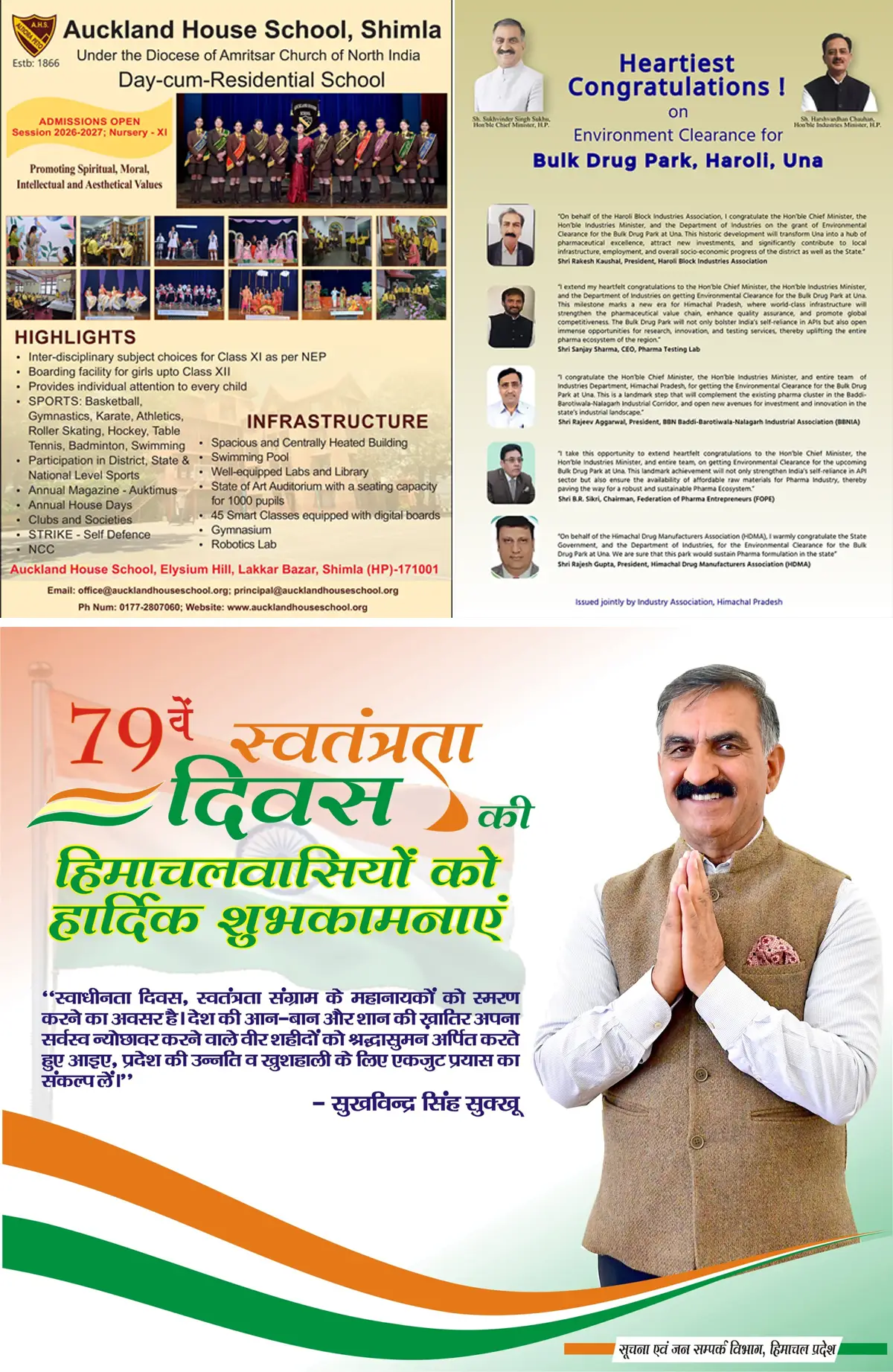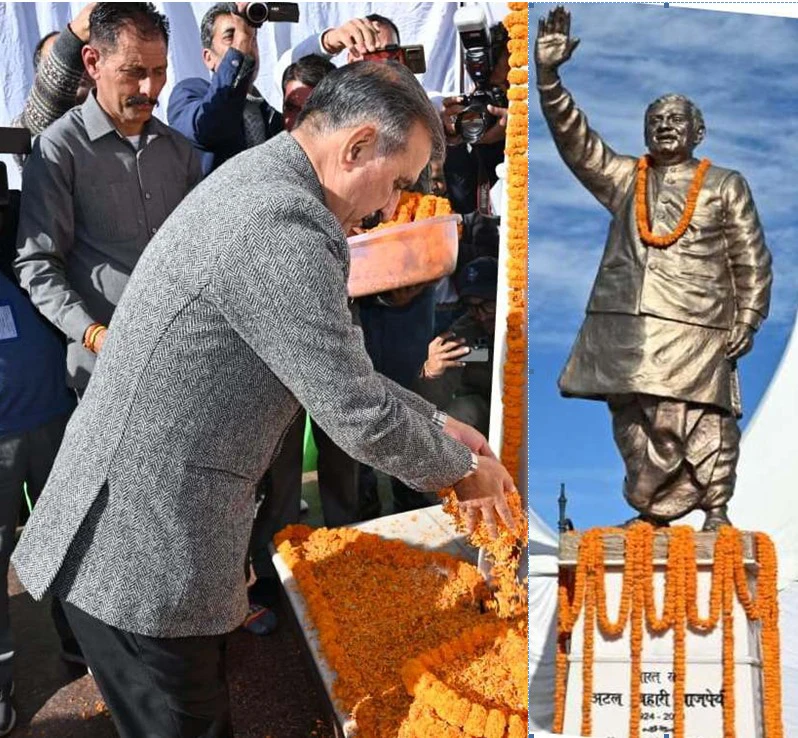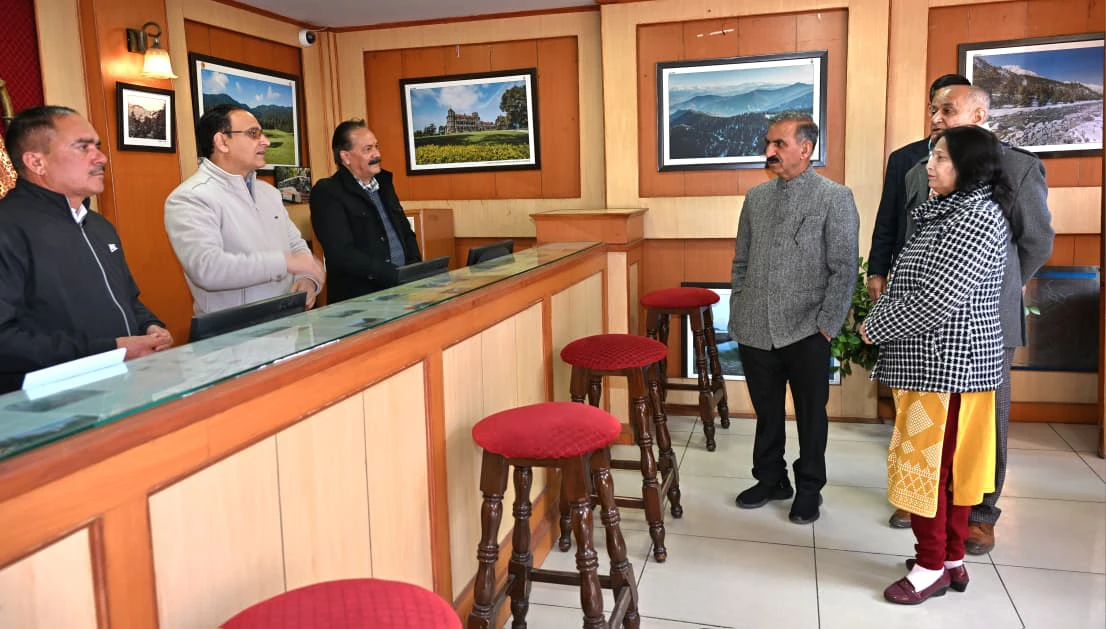“Yudh aur Budh” Falls Short of Its Potential
3 min read
Shimla, Sept. 1 Ritanjali Hastir
The play, an adaptation of Madhu Kankaria’s story “Yudh aur Budh,” directed by Dayal Prasad, graced the historic Gaiety Theater recently as part of the Gaiety Dramatic Society’s sixth production. Set against the backdrop of terrorism in Kashmir, the play delves into a complex narrative, where our army must navigate the challenges of living incognito among the locals to combat sponsored terrorism.
While the source material presented a gripping tale, the execution of the play failed to match the story’s depth and the high standards set by previous directors associated with the Gaiety Dramatic Society. These directors had elevated theater to an art form that compelled audiences to return, time and again, to the Mecca of theater.
One glaring flaw emerged early in the play during the oath-taking moments. The inconsistency in syncing the marching of the army jawans was a disappointment. Their discipline is well-known, and such a lackluster display felt disrespectful. This lack of precision during crucial scenes disrupted the overall flow and impact of the performance, leaving the audience somewhat disconnected.

Another misstep occurred when an officer had his back turned to the audience while communicating over the radio and checking the war’s status. This choice hindered the audience’s connection with the character, a missed opportunity for a more direct engagement.
The play suffered from poor lighting, which significantly detracted from the production’s charm. There were instances where the soldiers’ caps cast shadows on their faces, and at other times, Hamed’s shadow on his sister and father diverted attention away from facial expressions, turning it into more of an audio experience.
Even the use of graphics failed to salvage the production, as the cast’s subpar acting left the entire performance shrouded in darkness. Moments like when the son comes to meet his family before his tragic fate, dressed in black and standing in the dark, left too much to the audience’s imagination rather than providing a visual treat.
The scene depicting the police inspector torturing the family did indeed carry a strong impact, reminiscent of elements seen in “The Kashmir Files.” It added depth to the storyline and brought attention to the harsh realities faced by many in conflict-ridden regions. However, beyond this powerful moment, the play seemed to lack emotional resonance.
The daughter’s reaction, marked by a shrill and deafening scream, failed to penetrate the audience’s hearts and souls as intended. The sobbing at the end also appeared more like an artificial and synchronized cry rather than the genuine, heart-wrenching expression of broken souls.
In summary, this production can only be labeled as below average, suitable perhaps for a youth festival competition or an educational cultural program. Given the director’s experience, it seems he failed to transcend the realm of college competition and didn’t fully grasp the magnitude of the Gaiety Dramatic Society’s productions.
Blaming the Gaiety Theater’s lighting is no excuse, as a significant budget is allocated for these productions. The resources spent on unnecessary projections, which often missed the mark, could have been better utilized to provide appropriate lighting—a fundamental aspect of any professional theatrical production. While certain scenes had the potential for impact, it seems that the overall execution may have fallen short in conveying the true depth of emotion and connection with the audience.






